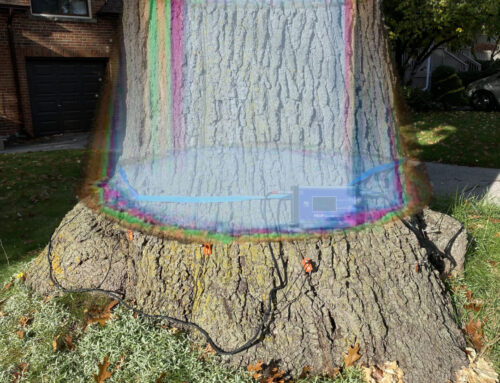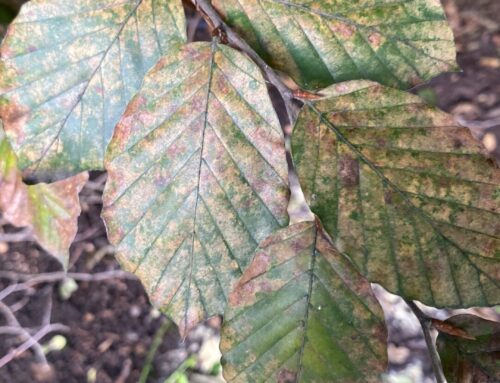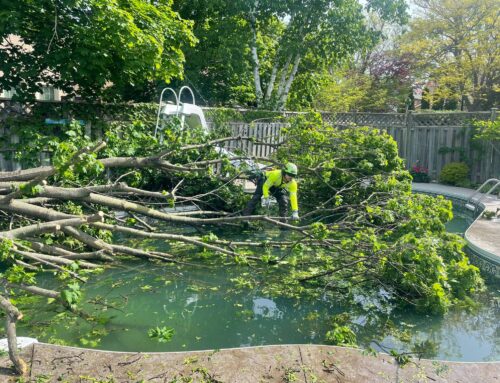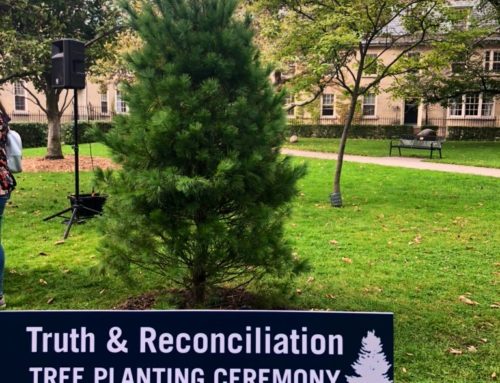Initially, there were only tree by-laws governing trees that were located on city property, but as the awareness of tree preservation became more prevalent, many local municipalities brought about their own private tree by-laws that ensured trees on private property fell under protection if they were above a certain size.
Different municipalities use different measurements as the requirement for which trees are to be protected, so be sure to check your local municipality website using the links below. For example in Toronto, any tree greater than 30cm in diameter measured at 1.4m above grade is protected by the Toronto Private Tree By-law.
Local municipalities tree by-laws can be found here:
What if my tree meets tree by-law size requirement?
If a tree on your property is subject to your municipal tree by-law, it is to be protected from any kind of injury. Common activites that cause injury to a tree:
- Improper pruning
- Repaving the driveway next to the tree
- Adding an addition onto the house
In the above situations, a Cohen & Master certified arborist is needed to come in and have a look at the proposed construction, or the pruning that was recommended. The arborist will put together a program that ensures the tree won’t be injured during construction and will assist in maximizing growth post-construction.
Arborist tree protection programs include:
- Fertilizer recommendations post-construction
- Setting up barriers around the tree during construction so the construction doesn’t get too close to the tree
- Block off the root zone as much as possible
- Anything to minimize tree injury.
Tree Removal Under Toronto City By-law
In Toronto, we live around trees and our kids play on/near them. There is potential for trees to become hazardous if they are not well maintianed and we can’t let them fall apart naturally in an urban setting. It these cases, it is often essential for dead or hazardous trees to be removed.
If you believe that a tree on your property needs to be removed and the measurements surpass your municipality limit, you will require a permit from the city. A Cohen & Master Arborist will have to assess the situation to see if:
- The tree is hazardous in anyway
- Pruning is a potential solution to the problem to mitigate any defects of the tree
If there is no way to make the tree safe then Cohen & Master will write an arborist report to the city outlining the details so the city can approve the removal of the tree. We will also act on your behalf and submit the permit application required for tree removals.
The most fundamental aspect of the Toronto Tree Removal By-law
If a permit is required for a tree to be removed, then the city requires at least ONE tree be re-planted in its place, although sometimes the city will ask for two or three trees as replacements. This law ensures that every time a tree is removed, another one will be put in the ground to keep the urban canopy in balance.
What You Should Know About Replacing Your Tree:
- The property owner must sign an agreement that states they will re-plant a tree on their property.
- The tree doesn’t have to be re-planted in the same spot.
- The tree re-planting must occur AFTER the original tree has been removed. We recommend planting within 6 months of the initial removal, during one of the peak planting seasons (Spring and Fall).
The benefit of tree by-laws is that they ensure that a new tree goes into the ground, which guarantees that the urban canopy will continue to flourish.





